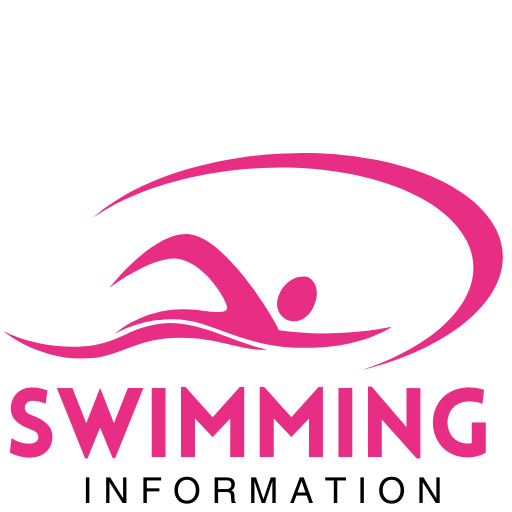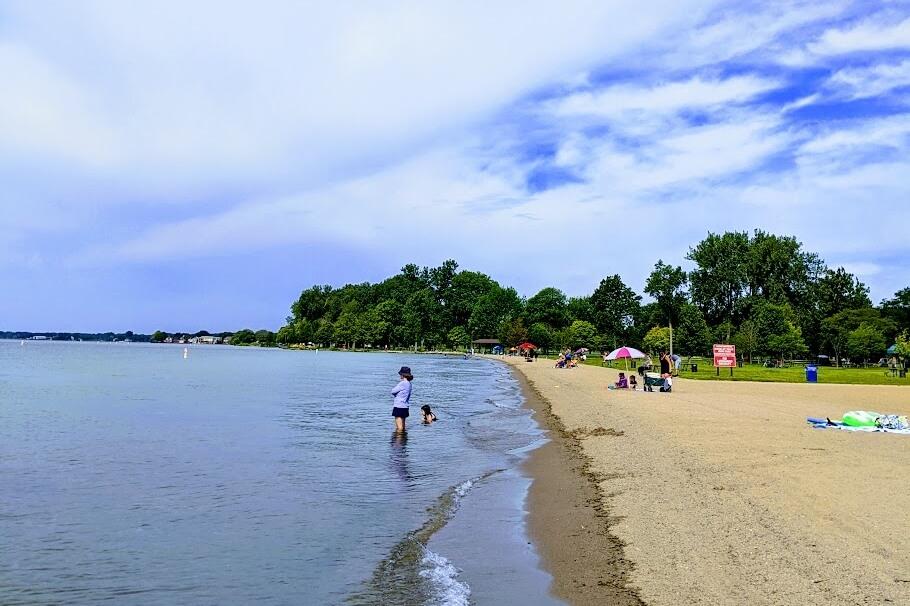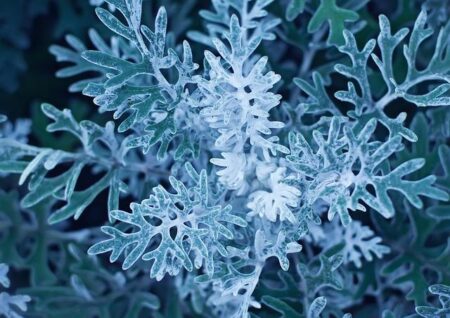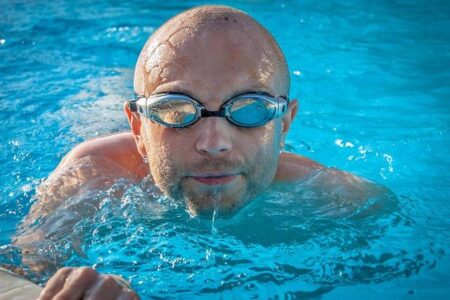Two popular beaches in southeast Michigan have been temporarily closed due to elevated bacteria levels, health officials announced Monday. The closures come as routine water quality tests detected unsafe concentrations of bacteria, posing potential health risks to swimmers. Authorities are advising residents and visitors to avoid the affected areas until water conditions improve and further testing confirms safety. This report provides essential information on the closures, affected locations, and steps being taken to address the issue.
Southeast Michigan Beaches Closed Due to Elevated Bacteria Levels
Health officials have temporarily shut down two popular beaches in Southeast Michigan after routine water testing revealed bacteria levels exceeding safe limits. These elevated bacteria counts pose a potential health risk to visitors, prompting immediate closures to help prevent illness. The affected beaches are part of a series of monitoring points along the region’s freshwater coastline, where officials regularly sample to ensure public safety.
Visitors are urged to avoid swimming, wading, or any direct contact with the water at these locations until further notice. Officials plan to conduct follow-up testing over the coming days to determine when conditions improve. Here’s a quick overview of the affected sites and the latest test results:
| Beach | Location | Last Bacteria Count | Status |
|---|---|---|---|
| Huron River Park | Ypsilanti | 320 CFU/100mL | Closed |
| Lake Erie Shoreline | Brownstown | 450 CFU/100mL | Closed |
- Bacteria levels above 235 colony-forming units (CFU) per 100 milliliters of water are considered unsafe.
- Contamination sources may include stormwater runoff, wildlife, and sewage overflows.
- Reopening depends on sustained improved test results over 48 hours or more.
Health Risks and Environmental Factors Behind the Contamination
Elevated bacteria levels at the affected beaches stem from a variety of environmental conditions. Heavy rainfall in recent weeks has contributed to increased runoff, which often carries pollutants such as animal waste, fertilizers, and other organic matter into the water. This influx creates an ideal breeding ground for harmful bacteria like E. coli and enterococci. Additionally, warm water temperatures accelerate bacterial growth, compounding the risk. Local wildlife and domestic animals also play a role, as their presence near water sources can introduce pathogens directly into the environment.
Human activities further exacerbate contamination risks. Aging sewage infrastructure and combined sewer overflows occasionally discharge untreated waste during storms, compromising water quality. To better understand the factors at play, consider the summary below:
| Factor | Impact on Bacteria Levels |
|---|---|
| Stormwater Runoff | High – carries pollutants and organic waste |
| Water Temperature | Moderate to High – encourages bacterial growth |
| Wildlife Activity | Moderate – deposits bacteria via feces |
| Sewage Overflow | High – introduces untreated contaminants |
| Recreational Use | Low to Moderate – can increase contamination |
Public health officials advise monitoring these elements closely throughout the swimming season. Understanding how these factors interact is crucial to mitigating health risks and ensuring safe beach environments.





